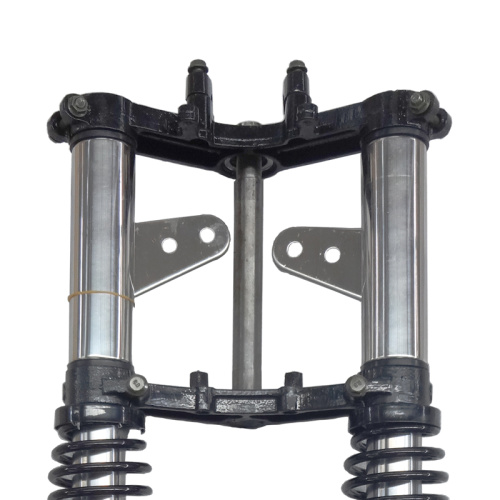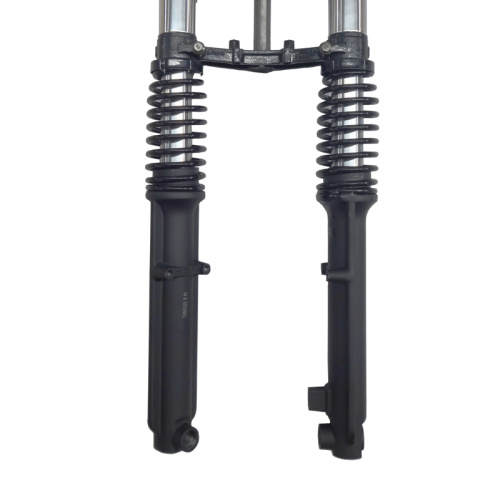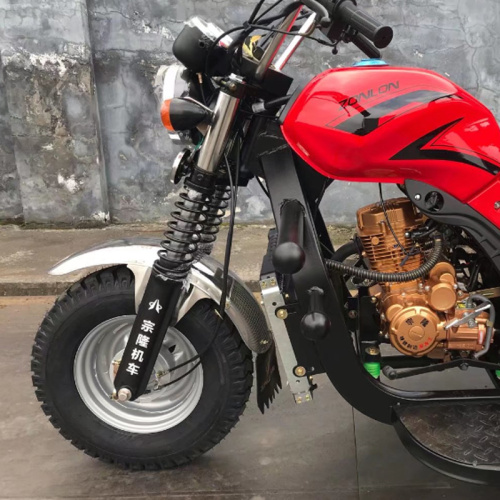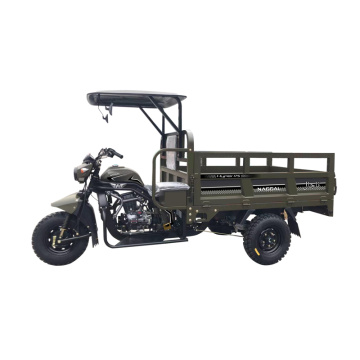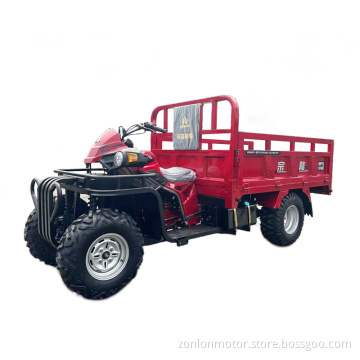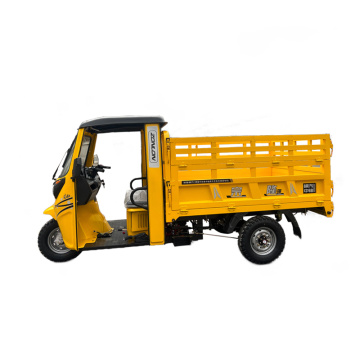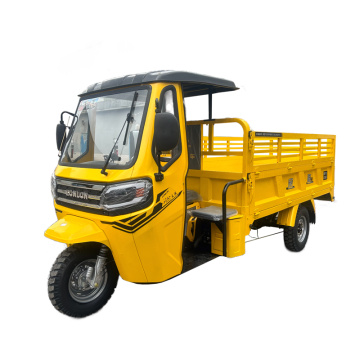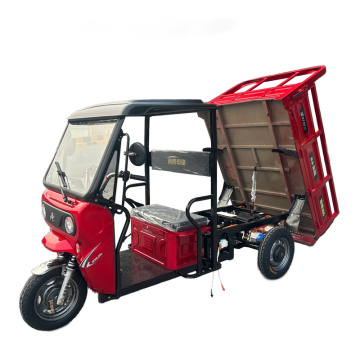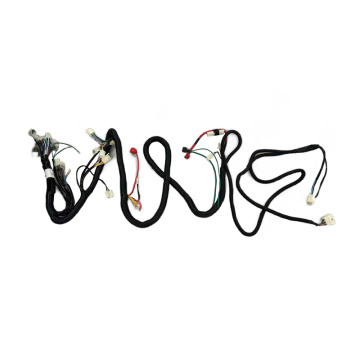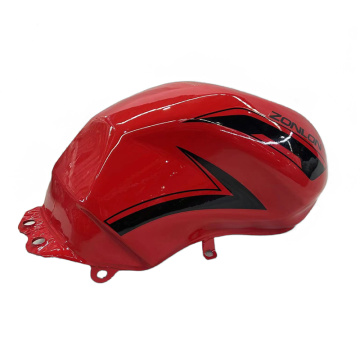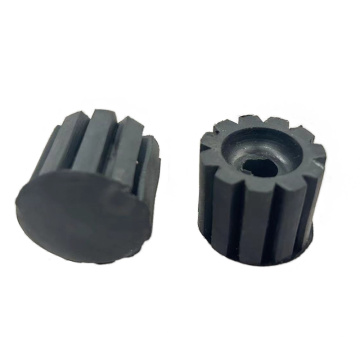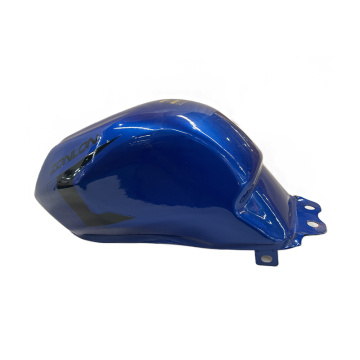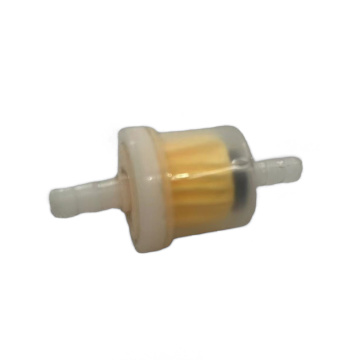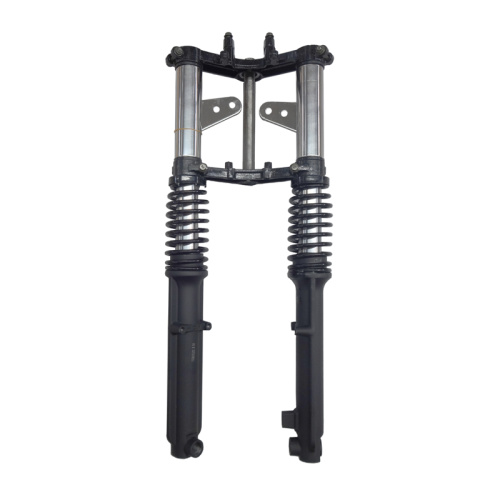
∮50 shock absorption (with spring and reinforcement)
-
$48.31≥50 Piece/Pieces
- Min. Order:
- 50 Piece/Pieces
- Min. Order:
- 50 Piece/Pieces
- Transportation:
- Ocean, Land
- Port:
- Chongqing Port, qinzhou port, shanghai port
Quantity:
Your message must be between 20 to 2000 characters
Contact NowBasic Info
Basic Info
| Place of Origin: | Chongqing, China |
|---|---|
| Payment Type: | T/T |
| Incoterm: | FOB,CFR,CIF,EXW |
| Transportation: | Ocean,Land |
| Port: | Chongqing Port,qinzhou port,shanghai port |
Product Description
Product Description
Shock absorbers for Tricycle Motorcycle - essential equipment for improving riding comfort
In today's fast-paced life, Tricycle Motorcycle have become the preferred means of transportation for many people's commuting and leisure. In order to improve the comfort and safety of cycling, various Motortricycle Parts have been continuously improved and launched into the market. Among them, shock absorbers are a key improvement equipment, especially important for Tricycle Motorcycle. The function of the shock absorber is to reduce the feedback of the vehicle body to ground vibrations, making cycling smoother and more comfortable. This article will provide a detailed introduction to the functions, types, and selection points of shock absorbers for three wheeled motorcycles, helping riders understand and choose the most suitable shock absorber for themselves.
The gasoline tricycle shock absorber is one of the key components in the entire cycling system. Their function is not only to improve the comfort and stability of cycling, but also to effectively absorb the vibrations generated by road bumps and reduce the impact on the vehicle body. The quality and performance of shock absorbers directly affect the driving experience and safety of cyclists.
Good shock absorbers can help cyclists effectively control body posture and maintain stable steering and handling. Especially in complex cycling environments such as turning, passing through pits, and crossing uneven roads, the role of shock absorbers is more pronounced. They can enable riders to drive motorcycles better, reducing the risk of instability and loss of control caused by uneven road surfaces.
In addition, good shock absorbers can also reduce the transmission of vibration from the body to the rider, reducing the pressure on joints and spine during cycling. Long periods of cycling and frequent road bumps can cause physical harm to cyclists, while gasoline tricycle shock absorbers can effectively reduce these adverse effects.
Types and characteristics
There are currently various types of shock absorbers for three wheeled motorcycles on the market, each with different characteristics and applicability. The following are common types of shock absorbers:
1. Hydraulic shock absorber: Hydraulic shock absorber is the most common type of shock absorber, which adjusts the rebound speed of the vehicle body through the compression and release of liquid. Hydraulic shock absorbers have a simple structure and low cost, making them suitable for general road conditions and ordinary cycling needs.
2. Air shock absorber: The air shock absorber uses air pressure regulation to achieve the shock absorption effect of the vehicle body. Cyclists can adjust the air pressure according to their own needs to achieve ideal riding comfort. Air shock absorbers are suitable for cyclists who need to adjust to different riding environments and needs.
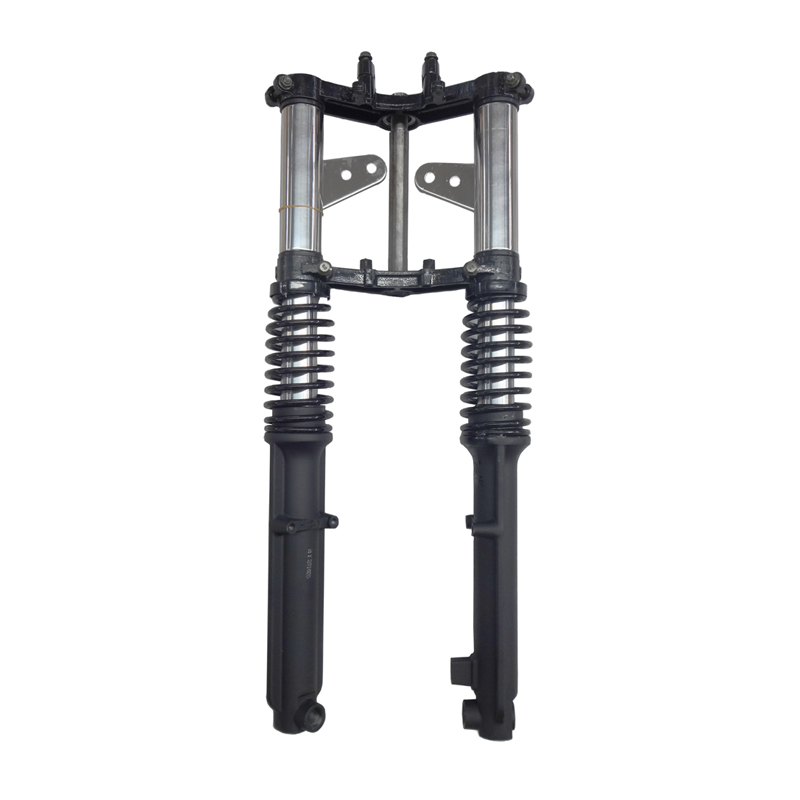
3. Spring shock absorber: Spring shock absorber is a classic and traditional type of shock absorber that absorbs and releases road vibrations through springs. Spring shock absorbers have strong stability and durability, making them suitable for long-term and high-strength cycling needs.
4. Pneumatic shock absorber: Pneumatic shock absorber is a relatively advanced and professional type of shock absorber that achieves shock absorption effect by compressing and releasing gas. The pneumatic shock absorber has high adjustment performance and riding comfort, suitable for professional riders and extreme cycling needs.
The above are only a few common types of shock absorbers, and there are many other types and brands of Motortricycle Parts available for selection in the market. When choosing gasoline tricycle shock absorbers, cyclists should choose based on their actual needs and budget, and consult professional cycling equipment vendors or technical personnel for guidance.
In today's fast-paced life, Tricycle Motorcycle have become the preferred means of transportation for many people's commuting and leisure. In order to improve the comfort and safety of cycling, various Motortricycle Parts have been continuously improved and launched into the market. Among them, shock absorbers are a key improvement equipment, especially important for Tricycle Motorcycle. The function of the shock absorber is to reduce the feedback of the vehicle body to ground vibrations, making cycling smoother and more comfortable. This article will provide a detailed introduction to the functions, types, and selection points of shock absorbers for three wheeled motorcycles, helping riders understand and choose the most suitable shock absorber for themselves.
The gasoline tricycle shock absorber is one of the key components in the entire cycling system. Their function is not only to improve the comfort and stability of cycling, but also to effectively absorb the vibrations generated by road bumps and reduce the impact on the vehicle body. The quality and performance of shock absorbers directly affect the driving experience and safety of cyclists.
Good shock absorbers can help cyclists effectively control body posture and maintain stable steering and handling. Especially in complex cycling environments such as turning, passing through pits, and crossing uneven roads, the role of shock absorbers is more pronounced. They can enable riders to drive motorcycles better, reducing the risk of instability and loss of control caused by uneven road surfaces.
In addition, good shock absorbers can also reduce the transmission of vibration from the body to the rider, reducing the pressure on joints and spine during cycling. Long periods of cycling and frequent road bumps can cause physical harm to cyclists, while gasoline tricycle shock absorbers can effectively reduce these adverse effects.
Types and characteristics
There are currently various types of shock absorbers for three wheeled motorcycles on the market, each with different characteristics and applicability. The following are common types of shock absorbers:
1. Hydraulic shock absorber: Hydraulic shock absorber is the most common type of shock absorber, which adjusts the rebound speed of the vehicle body through the compression and release of liquid. Hydraulic shock absorbers have a simple structure and low cost, making them suitable for general road conditions and ordinary cycling needs.
2. Air shock absorber: The air shock absorber uses air pressure regulation to achieve the shock absorption effect of the vehicle body. Cyclists can adjust the air pressure according to their own needs to achieve ideal riding comfort. Air shock absorbers are suitable for cyclists who need to adjust to different riding environments and needs.

3. Spring shock absorber: Spring shock absorber is a classic and traditional type of shock absorber that absorbs and releases road vibrations through springs. Spring shock absorbers have strong stability and durability, making them suitable for long-term and high-strength cycling needs.
4. Pneumatic shock absorber: Pneumatic shock absorber is a relatively advanced and professional type of shock absorber that achieves shock absorption effect by compressing and releasing gas. The pneumatic shock absorber has high adjustment performance and riding comfort, suitable for professional riders and extreme cycling needs.
The above are only a few common types of shock absorbers, and there are many other types and brands of Motortricycle Parts available for selection in the market. When choosing gasoline tricycle shock absorbers, cyclists should choose based on their actual needs and budget, and consult professional cycling equipment vendors or technical personnel for guidance.
Related Keywords
Related Keywords


